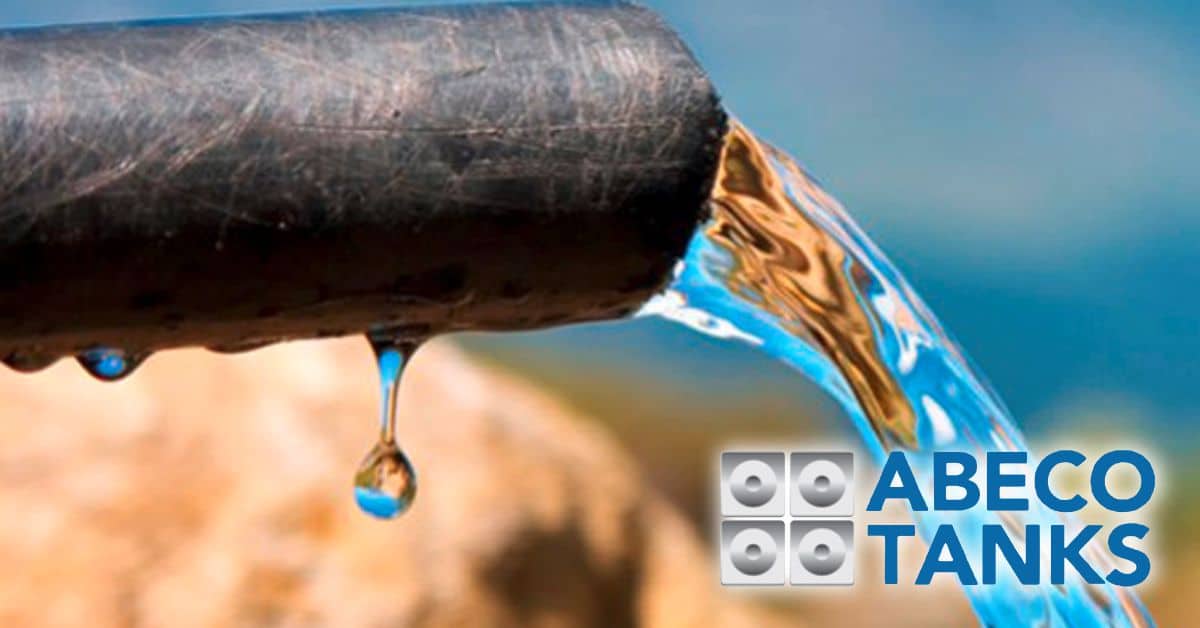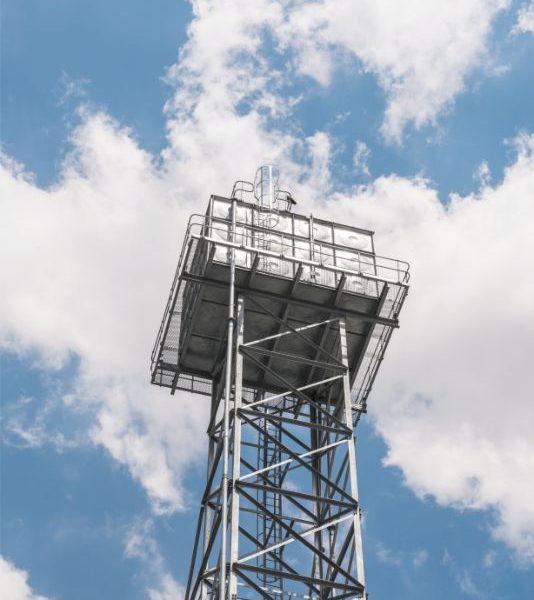
01 Nov How to Safely Store Water Long Term
How to Safely Store Water Long Term – Step by Step Guide
Given the different types of disasters and tragedies that people face around the globe including places like Somalia and Algeria, it is essential to analyse how you can plan to provide your family and yourself with food and water during such a disaster. It is basically simple to save emergency food, but it is only possible to survive without water for a few days.
A top priority for emergency preparedness is water storage. Clean, safe drinking water is absolutely critical for survival. You need to know what is the best way to store water for emergencies, which containers to use and how to treat water for long-term storage. It is also important to know how much water to store and how to go about to store water. These are all crucial information to know to guarantee you have access to safe drinking water in the event of a natural disaster.
In this article we are going to give your step by step guide on how to safely store water long term.

How much water storage do I need
The first step when storing water for the long term is determining how much water you need.
The typical recommendation is to store four litres of water per person each day. These four litres of water is anticipated to be roughly divided in half to satisfy man’s two primary water needs, namely drinking and cleanliness. However, it is important to keep in mind that different circumstances might influence the quantity of water required at a given moment, and that the amount of water to store can vary based on when, where, and for whom it is being held.
There are different factors to keep in consideration that might affect how much water you need for long term storage.
Climate is the first consideration. In general, when the temperature rises, perspiration and thirst increase rapidly. Therefore, additional water is required to quench thirst and restore the body’s normal temperature. This means that you would often need to store more water in a hot climate than in a cool region.
Age is another factor your need to keep in consideration. When preserving water for a family with children, several sanitary precautions must be taken into account. For instance, a baby’s clothing is frequently changed between two and five times every day. Typically, this is not the case for adults. In addition, children under the age of eight often require less water than older children and adults.
The physical conditions of the person as well as health also plays a determining factor. A pregnant or breastfeeding woman might need more water than other members of a family. The recommended intake of water may be greatly affected by a person’s health condition. Also, remember that a medical emergency may require water.
Physical activity must also be considered. An individual who exercises or does strenuous physical activities generally needs more water than one who lives a sedentary lifestyle.
How much water should be stored long-term?
Now that you know how much water to store per person per day, you must determine how many days you should prepare for. We are, after all, contemplating long-term water storage. It is only natural that you are aware of what constitutes long-term water storage.
It is advised that your basic disaster supply kit include three days’ worth of water (four litres of water per person, per day). It is also recommended that you save at least two weeks’ worth of water for each member of your family in case of emergency. If not possible, store as much as possible.
Water Storage Solutions for long-term
Not every container is ideal for holding water for an extended period of time. You should keep your water in large, high-quality, food-grade drinking water barrels. A barrel or container meant to hold food or water is considered to be food-grade. These vessels are sturdy, airtight, and simple to seal or cover.
Plastic, glass and metal are the most frequent substances used to store water. Despite the fact that glass is impermeable to gases and vapours and is a rather effective material for keeping water, we do not advocate using a glass container to store water, especially for long-term storage of up to a month. Glass is extremely delicate and susceptible to breakage or destruction in an emergency.
Plastic Water Containers
Plastic is lightweight and durable, making it an ideal material for storing water. Other plastics, like polyethylene terephthalate (PET or PETE) and high-density polyethylene (HDPE), are not suitable for water storage. Plastics do not rust, thus they do not discharge harmful chemicals into the water supply. Plastic water storage containers are constructed to endure the majority of climatic situations. Food-grade plastic containers do not need to be replaced as frequently as steel containers.
One of the most suggested plastic water storage containers is the rain barrel. They collect roof runoff and store it for later use. Using rain barrels to collect roof runoff minimizes the quantity of water that leaves your property. Rainwater is also collected using cisterns. They may be positioned above or below ground if they have a larger storage capacity.
Plastic is permeable and should never be placed near fuel or insecticides. Whenever possible, avoid direct sunlight when storing.
Glass Water Containers
Glass is great for storing water since vapours and gases cannot infiltrate it and contaminate the water. Unlike plastic, glass will not degrade over time and leech into the water. Glass containers are recyclable and environmentally friendly. They are simple clean and after multiple washings, glass containers are more likely to preserve their lustre. Water in glass vessels may retain its warmth longer. Glass does not retain scents like other materials.
However, glass is heavy and easily broken. It is also costly. In truth, glass containers are impractical for storing large quantities of water
Overall, when storing water for an extended period of time, it is not ideal to use glass containers. Long-term, the disadvantages of glass containers appear to exceed their advantages. Therefore, while glass containers are ideal for daily use, they are not ideal for long-term emergency storage.
Metal Water Containers
Metal has good thermal conductivity, making it relatively immune to thermal shocks that may occur during emergencies. When considering metal water containers, they will be either stainless steel or galvanized steel.
Stainless steel is a highly durable material for water storage. Large stainless steel cisterns are a chromium-containing alloy that promotes corrosion resistance. These tanks will last approximately fifty years. Avoid treating the water in a stainless steel container with chlorine, as this degrades the “passive layer” that prevents rusting. Stainless steel tanks are ideal for rainwater collection. They are also simple to manage and recyclable.
Galvanized steel containers can be purchased in large cisterns. The interior of the tank is coated with an epoxy coating that prevents corrosion by acting as a barrier between the water and the metal. They will last between 30 and 35 years.
Keep in mind, however, that metal containers are more expensive and susceptible to rusting under certain situations. Except when coated or specifically designed to hold water and food, metals are not suitable containers for water and food storage.
Metal is not the best material for long-term water storage, but it is a viable alternative.
Preparing water for long-term storage
The first step is to clean and disinfect the container thoroughly. Water storage containers should be cleaned with warm soapy water and then properly rinsed. If you are using a container that previously contained beverages or other food items, you need to pay special attention to its cleaning to avoid having residual odour in the water or retaining any contaminant in the container. It might be necessary to sanitize the container.
Secondly you need to disinfect the water if necessary. Long-term storage of water necessitates that it be sterilized. This is because tap water is typically impure, carrying bacteria that may accumulate during storage. There are three recommended methods to disinfect water, namely by boiling it, treating it with chlorine or using water purification tablets.
Boiling is a very simple water purification method and you need to boil the water to 100 degrees Celsius for at least 20 minutes. Transfer the boiled water into your storage container after it has cooled.
As a highly effective method of disinfection, liquid chlorine can also be utilized to sterilize water for long-term preservation. For best effectiveness when purifying water with a chlorine solution, it is recommended to use fresh chlorine bleach. This is due to the fact that a chlorine solution that has been held for around six months may lose approximately half of its potency.
Water purification tablets kill pathogens in water and are proven to be effective against bacteria, viruses, and spores.
Once the container is clean and the water to be stored is purified, it’s time to pour the water into the container and do the actual storing.
Conclusion
Water storage is crucial for survival in the event of an emergency. Ensure that you store an adequate volume of potable water in a big, food-grade container while storing water. The ability to acquire clean drinking water regardless of the time of day or weather conditions is made possible by water storage.
Clean drinking water stored in the protective environment of your home provides you with instant access to safe water. Given the importance of this resource, we recommend you to store as much water as you can under the given circumstances.
If you are concerned about the taste or safety of the water you have preserved, you should filter it before consuming it. A quality filter can be quickly applied to stored water to assure its safety and enhance its flavour. The most crucial factor is water storage! After a crisis, properly preserved water will always be safer than any water obtained from local sources.
FAQ’s
Do I need to treat my water with chlorine before I store it?
It is recommended that you disinfect your water with chlorine before storing it. But it is unneeded if you are filling your water storage with municipal tap water. Chlorine has already been added to tap water. If you correctly seal your bottle or drum, bacteria and algae growth should not be a concern. If you must break open your water source one day and are concerned about contamination, feel free to add chlorine. To simplify the process, simply purchase water treatment drops. They specify precisely what you must include.
Do I need to rotate my water every year?
Research revealed that this is not necessary. It is essential to realize that water has no expiration date. If stored properly, water does not perish. Contamination is what causes water to become undrinkable. If sufficient steps are taken to encapsulate and store water such that bacteria and other contaminants cannot enter, the water may theoretically last forever. As long as you follow the necessary safeguards, you do not need to replace your water every year. However, if you are concerned about contamination, you should proceed.
Do I need to boil my stored water before I drink it?
If you have any cause to suspect that the water you are drinking has been tainted in any way, you should boil it. If not, then don’t do it. It is an inefficient use of fuel.

